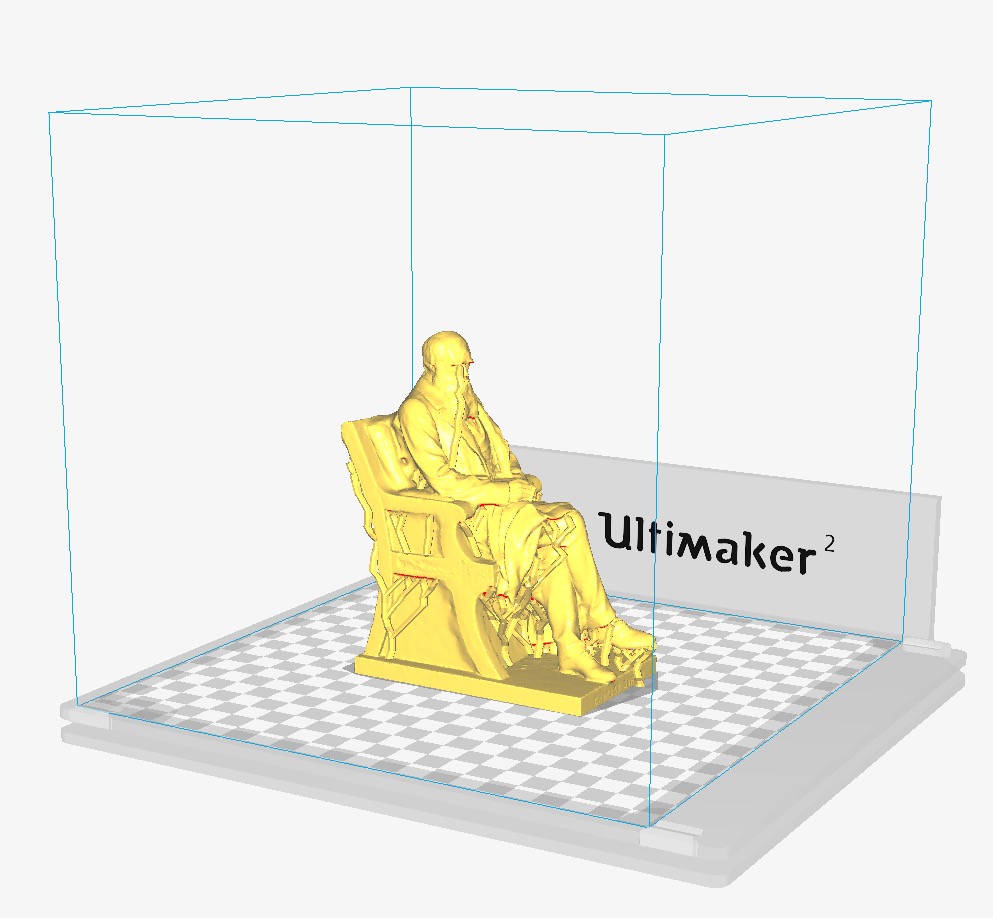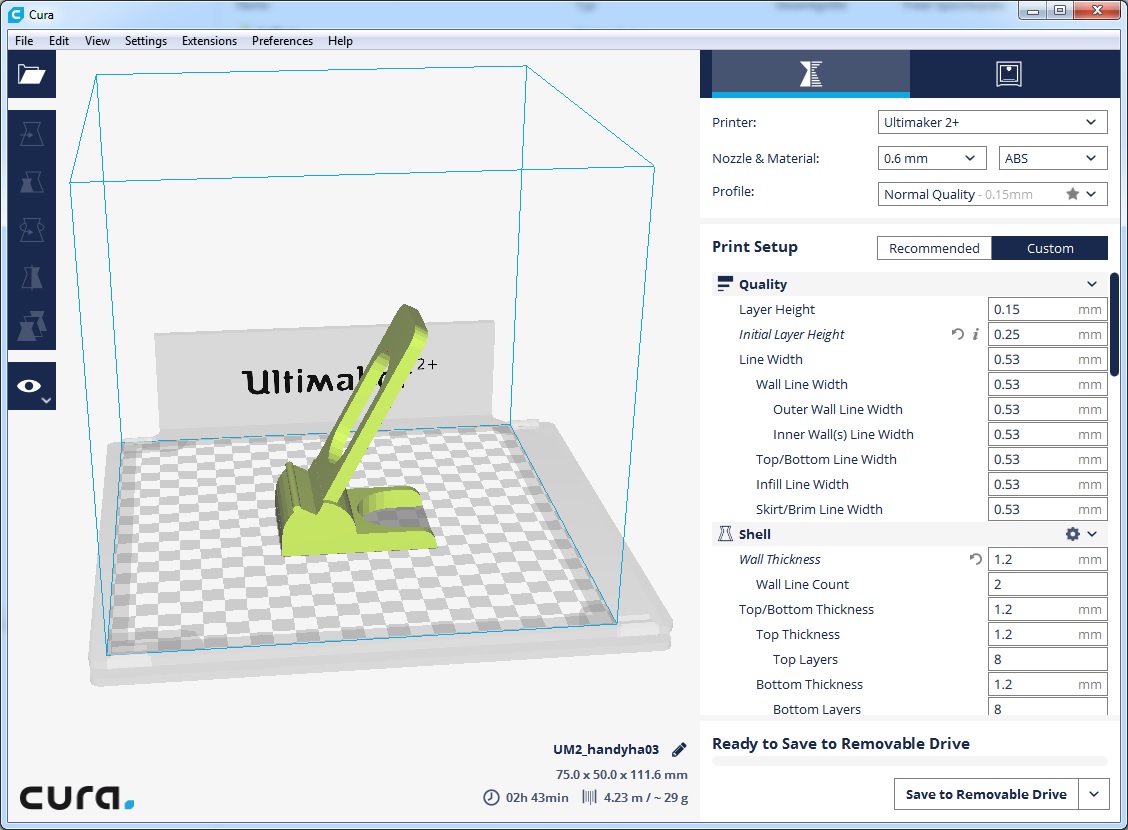

#3d printer slicer cura free#
One feature that makes this free 3D printer slicer stand out is the ability to adjust the layer thickness and support for a special extruder capable of printing 5 different plastics at once (again produced by Prusa). This free 3D printing slicer has fewer settings than those available on the Cura. However, the most optimized profiles are for Prusa printers.

Just like Cura, Prusa Slic3r has many printer profiles. Prusa decided not to reinvent the wheel and took the open-source project Slic3r, partially reworked it, and began to actively develop it. The Prusa Slic3r is also known as the Slic3r Prusa Edition or Slic3r PE.

Let’s quickly go through these free 3D printing slicers from the companies. Examples of such companies include Ultimaker, CraftUnique, Prusa, among others. Some companies also make their slicers publicly available. Therefore, many 3D printer manufacturers supply slicers with their units. Without a slicer, a 3D printer is a useless machine. Next, let’s look at the most popular slicers for 3D printing. This way, you can manually control, set up the settings and diagnostics, and so on. In addition, many slicers have built-in functionality that provide them direct access to the printer. On the other hand, the shell allows you to set the slicing parameters and visually evaluate the slicing result before sending the model to print. The slicer core slices the model based on the specified parameters. The slicer itself consists of two parts: the core and the shell. As a result, there are may programs that you can use to customize the work of the slicer, or rather, how it will split the model into separate commands. However, you can slice models in many different ways.

These commands are made possible by a slicer.Īs the name suggests, a slicer simply cuts models into layers, or rather, into separate commands. This is because for the printer to print, it has to execute special commands. It won’t print.įor an STL model to print, it first has to be sliced by a program known as a slicer. When you have a 3D model in STL format, you cannot simply put it into the printer and start printing.


 0 kommentar(er)
0 kommentar(er)
